Amyotrophic lateral sclerosis (ALS) affects approximately 250,000 people worldwide, with projections indicating a 69% increase by 20401. At the University of Chicago Medical Center, a dedicated team of scientists is making significant strides in ALS research, offering hope for future treatments.
Understanding ALS and the C9orf72 Gene
ALS, the most common motor neuron disease, has complex genetic roots. Scientists have identified about 25 mutations linked to ALS, with one gene, C9orf72, responsible for 50% of inherited ALS cases. This crucial discovery has also connected ALS to frontotemporal degeneration, another neurodegenerative disorder.
Multidisciplinary Research Approach
The University of Chicago team employs a three-pronged approach to study ALS:
- C. elegans Model: Research begins with this simple invertebrate, an ideal genetic discovery tool.
- Mouse Model: Findings are tested in a more complex central nervous system using CRISPR-Cas9 and AAV vector methods.
- Human Stem Cell-Derived Motor Neurons: Discoveries are validated in cells with native genetic mutations.
Key Discoveries and Promising Results
The team identified the e2d gene as a potential target for ALS treatment. Initial results in mice show improvement in motor defects when this gene is inactivated. Remarkably, these findings are reproducible in human stem cell-derived motor neurons, offering a significant advantage in studying the disease in its native molecular context.
The Center for Motor Neuron Disease
Established in 2022, this center accelerates ALS research and aims to inspire the next generation of scientists through hands-on experiments in local schools.
Future Prospects
The research team remains optimistic about developing potential therapies for ALS. With advanced molecular biology tools, they are edging closer to unraveling the mysteries of this devastating disease and potentially finding a cure.As research continues at the University of Chicago Medical Center, hope grows for those affected by ALS. While the journey is ongoing, each day brings new insights and possibilities in the fight against this challenging condition.



